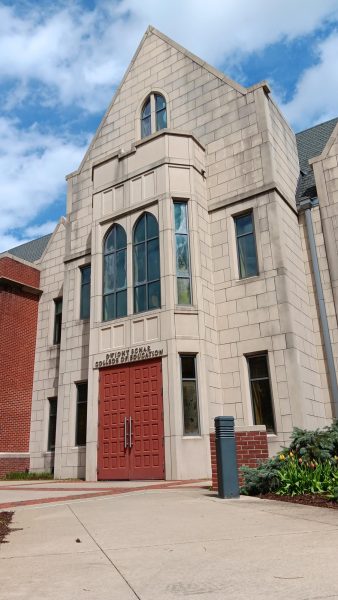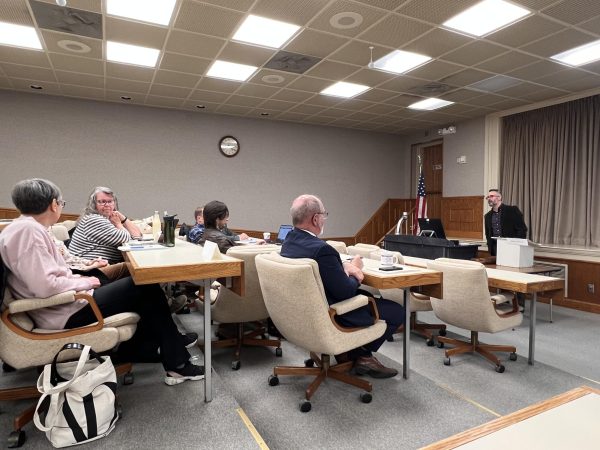Students respond to tuition reset
November 6, 2013
When Ashland University announced its $10,000 tuition reset, current students had immediate positive reactions to the move. However, when students got their letters, much of the excitement was quelled.
The new price model, which promised to make college more affordable, would indeed do that for many freshmen, especially the academically elite. It looked very similar to the model students were used to. It had a sticker price and tiered scholarships, albeit with smaller numbers across the board.
The effects for current students, however, were much less dramatic.
“The sticker price is becoming what the actual cost of attending is,” said Student Senate President Victorialyn Keay.
Students should expect to see about a $600 decrease next year from the projected tuition, which is just over half the $1,156 projected increase for next year.
Vice President of Enrollment Management and Marketing Scott Van Loo said the shift for current students was designed to keep price increases in check so that “students wouldn’t feel the impact of a big price increase next year.”
Naturally a change to scholarships and aid accompanied such a drastic change in tuition. Incoming students and new transfers have a tier system, which is available on Ashland’s home page. Current students saw the scholarships and aid they saw before compressed into Ashland Gift Aid, a single number which represents all of the money a student would receive, be in need based, merit based, or from a separate organization, such as the Honors Program or Band.
Keay is worried by this change, as she wants to see everything spelled out so a student and their family can fully understand where their money is coming from.
“Everything normally on the letter is separated,” said Keay, “…just like a receipt at a grocery store, you know what you’re getting you know how much it is so you can calculate it yourself.”
This concern was raised at a Student Senate meeting which Van Loo attended to try to clear up any confusion that might exist surrounding the price change.
Van Loo was hesitant to promise aid would not fluctuate from year to year. Even under the old system, he said, the university always reserved the right to change aid, including merit scholarships. However, the vagueness of the Ashland Gift Aid makes this concern much more prominent, as there isn’t a set system which outlines where a student’s money is coming from.
Van Loo said the university’s model will provide more stability going forward, and should continue with the same 3-5% increases Ashland students have become accustomed to. One positive is the same percentage will cause a smaller dollar number increase, because the percentage will be based on a smaller number.
The future stability is reliant on the success of the reset for attracting new students. Ashland had 632 freshmen in this year’s class, and has a goal of 664 for the upcoming class. The goal is ambitious, but there is reason to believe this goal will be met. Concordia University, which is about half the size of AU, made an almost identical move last year, and saw 80 additional freshmen in its incoming class.
An increase like this would bring stability to the university’s budget, students’ bills, and put the university on a sustainable path for the next 10 years, something that couldn’t be said before the reset.











